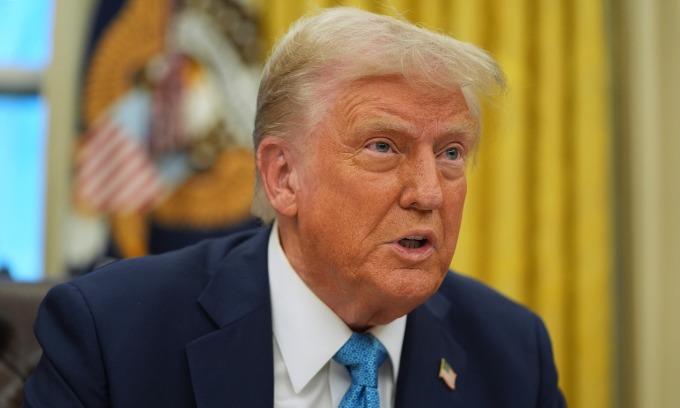Trump stops tariffs on Canada and Mexico, but China faces escalation of trade war
Temporary relief in Canada and Mexico
A breakthrough with Canada happened after a last-minute conference call between Trump and Canadian Prime Minister Justin Trudeau. In exchange for a moratorium on tariffs, Trudeau is committed to strengthening border security, especially in curbing illegal migration and the flow of fentanyl, a powerful synthetic opioid, with increasing concerns in the United States and Canada, with $1.3 billion investing in new border measures, including efforts to deploy nearly 10,000 people and exchange rate distribution with our institutions.
Similarly, Mexico agreed to deploy 10,000 National Guard units to its northern border, avoiding tariffs. Mexican President Claudia Sheinbaum stressed the need for cooperation when declaring his country’s sovereignty in negotiations.

China is hit by tariffs and then retaliates
Unlike North American neighbors, China has not delayed U.S. tariffs. As the scheduled plan came into effect a 10% Chinese import tax, Beijing quickly imposed tariffs on key U.S. exports, including coal, crude oil and agricultural machinery. Trump said it was simply “open Salvo” and warned that tariffs could increase further if China disagrees with the new trade terms.
What’s next?
Although Canada and Mexico have received temporary probation, uncertainty remains. Some Canadian leaders, including Ontario Prime Minister Doug Ford, warned that tariffs could be returned at any time, calling Trump’s attitude “chaotic.” Meanwhile, Trump has suggested that the EU could be his next target for trade measures, although Britain may survive.
As global markets react to escalating tensions, businesses and policy makers will closely monitor the next move in this high-risk trade chess game.

